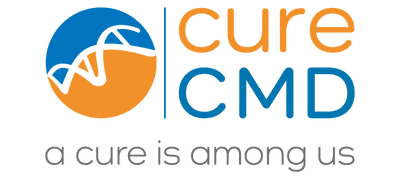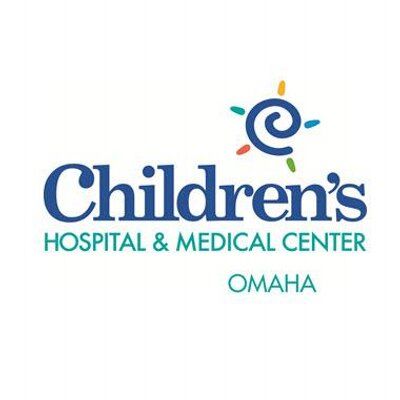/ CompletedNot Applicable LAMA2 Retrospective Review of Medical Charts in Infants & Toddlers With LAMA2-Congenital Muscular Dystrophy
This retrospective chart review study of 75-120 LAMA2-CMD patients will expand the investigators understanding of the natural history of this disease. Current and pending publications cover research performed only in ages 5-16 years; there is currently no documented natural history for patients ages 0-5 years. Data collected in this study has the potential to inform the design of future interventional studies that draw nearer to clinical trial readiness every day.
/ WithdrawnNot ApplicableIIT A LAMA2-related Muscular Dystrophy Study: Brain Magnetic Resonance Imaging (MRI)and Brain Electrophysiology Evaluation
Laminin alpha-2 (LAMA2)-related muscular dystrophy (LAMA2-MD, Merosin Deficient CMD) is a form of congenital muscular dystrophy (CMD). A person with LAMA2-MD will have changes on brain imaging (MRI), a decrease or absence of the protein merosin (laminin 211) on muscle or skin biopsy and changes in the LAMA2 gene that are inherited from both parents. Several studies have described the changes on brain MRI. Brain changes on MRI do not correlate with the partial reduction or absence of merosin on muscle or skin biopsy. 8-30% of people with LAMA2-MD develop seizures. The types of seizures, electroencephalogram changes and common treatment regimens have not been characterized. This study will review the magnetic resonance imaging (MRI) changes, determine whether certain brain MRI changes are linked to seizures and define the common seizure treatment regimens.
/ CompletedNot ApplicableIIT Congenital Muscular Dystrophy (CMD) and the Feasibility of Hyperinsufflation Therapy to Slow Rate of Decline in Lung Volume
This research study includes children ages 5 to 20 years old with Collagen Type 6 Congenital Muscular Dystrophy or Laminin α2-related muscular dystrophy (LAMA2-MD). The goal of this study is to measure the effect of breathing exercise to stretch the chest in slowing the loss of breathing function. The breathing stretches are done with a machine called Cough Assist®.
The study is being done at Cincinnati Children's Hospital Medical Center and Children's Hospital of Philadelphia. The study involves traveling to one of these 2 centers for 4 visits over 13 months. The study also includes 3 sets of phone visits called Daily Phone Diaries.
Participants will be "randomized" into one of 2 study groups in a 1:1 ratio. The treatment group will use the Cough Assist® machine twice a day for 15 minutes. The control group will continue with their current daily care. The Cough Assist® is a machine that blows air into the lungs (insufflation) and helps pull air out of the lungs. The investigators will be blowing enough air into the lungs to cause a stretch to the chest. This is called hyperinsufflation.
Study visits will last about 5 to 6 hours and will include medical and quality of life questionnaires and pulmonary function tests to determine lung function and the individualized settings to be prescribed for the Cough Assist®.
100 Clinical Results associated with Cure CMD
0 Patents (Medical) associated with Cure CMD
100 Deals associated with Cure CMD
100 Translational Medicine associated with Cure CMD









